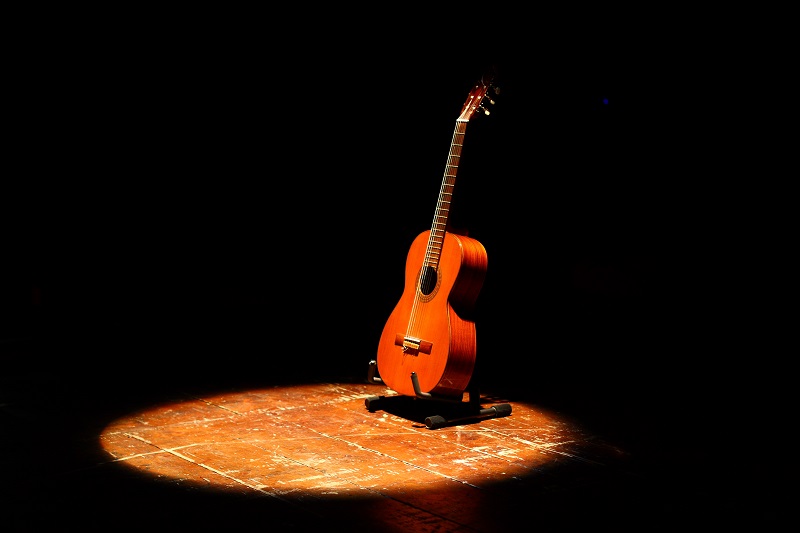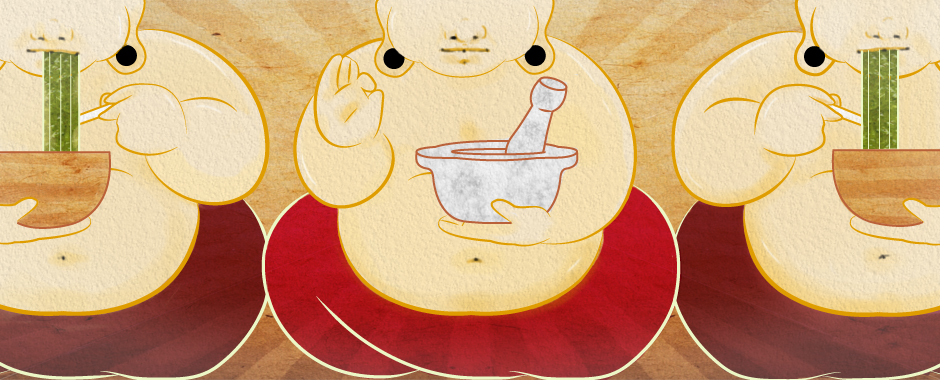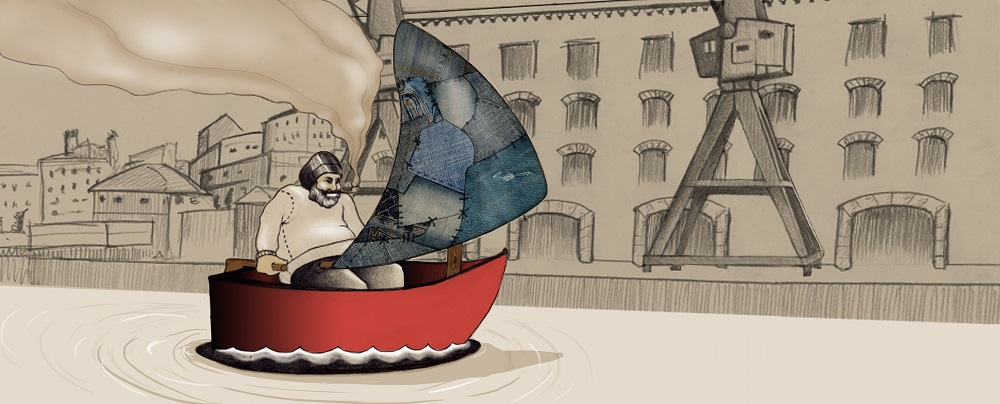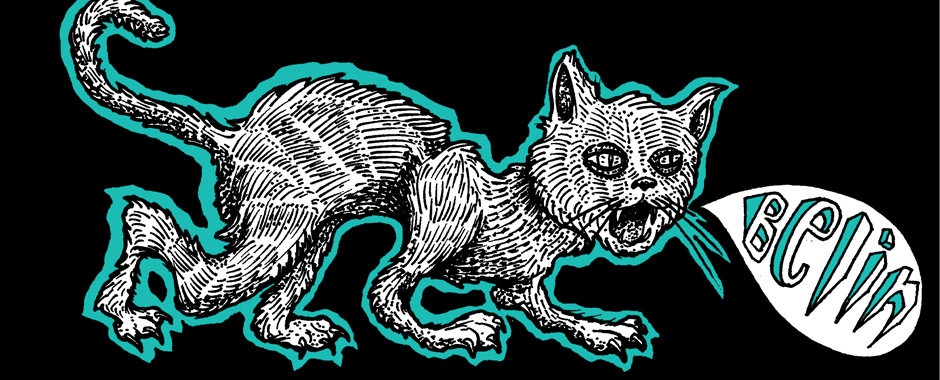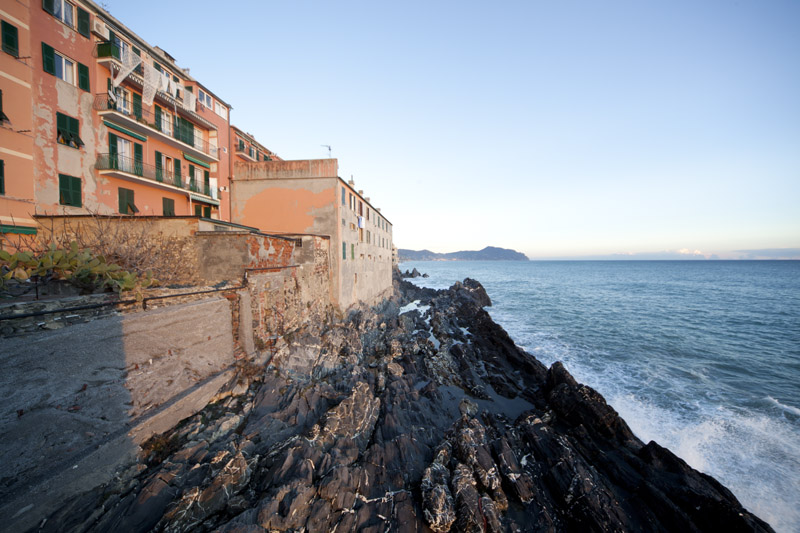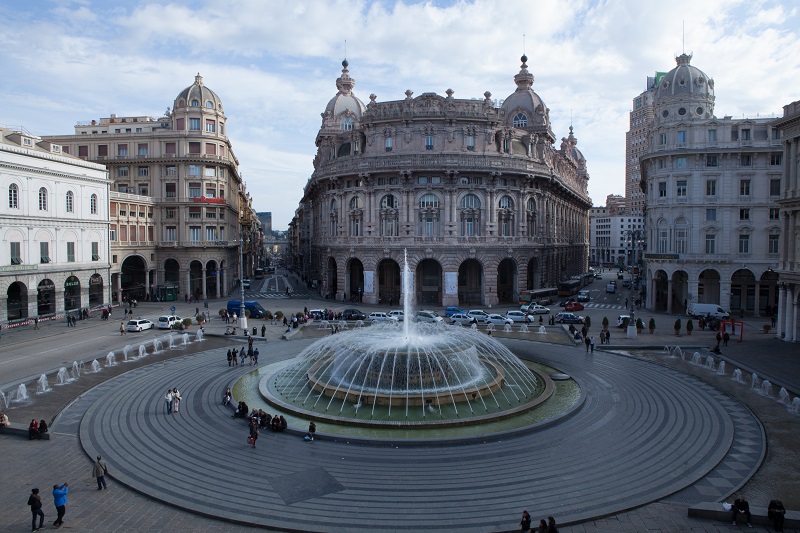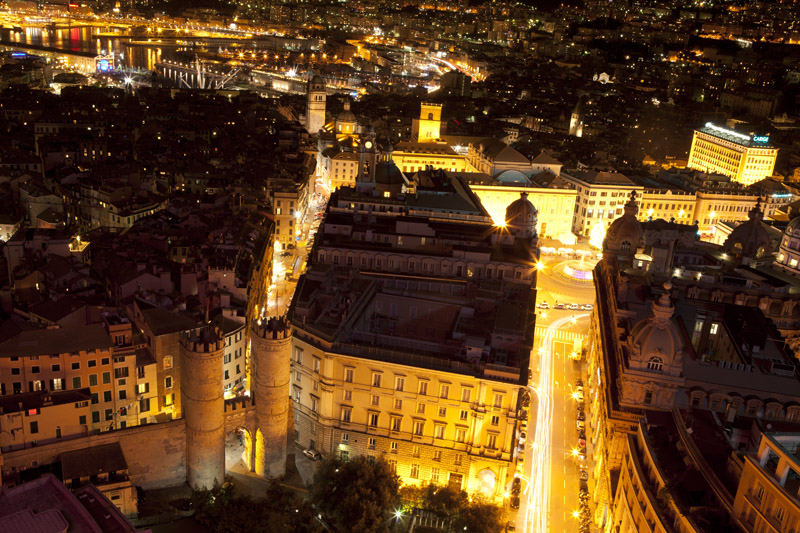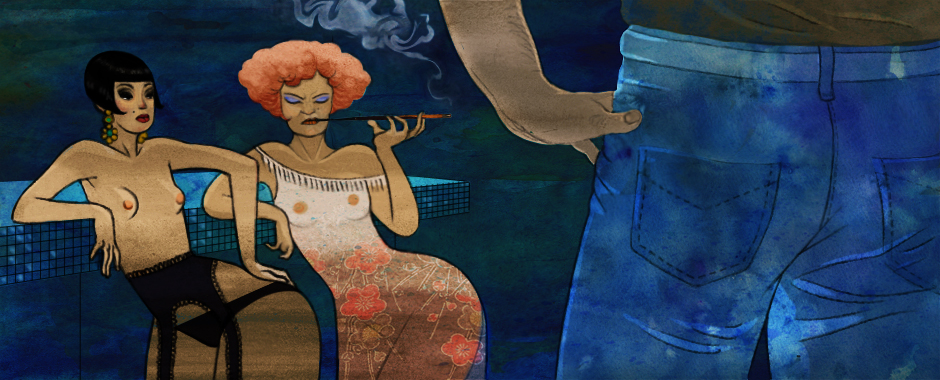
Did you know that when the UNESCO World Heritage Site via Garibaldi was still called via Montalbano it used to be the location of public brothels similarly to the Lupanar of Pompeii? This was the time when Genoa was a Mariner Republic, and brothels covered the area from the Maddalena to Porta Soprana. Prostitution was not a free activity as, every 5 years, it was outsourced and, being a source of income, it had to be registered.
Today, speed bumps are located where at that time a gate marked the borders. Prostitutes were regular taxpayers – they paid 5 genovinos per day – and, as workers, they did not work on Saturdays while, dressed in yellow, they went to church on Sundays. On Saint John’s Day they would follow the procession behind the image of the Magdalene, their symbol.
At night they would go back to their job. A doorman would put off violent men and if a girl was hit, the person who was guilty of the offence would have to pay the equivalent of one day’s work. They were named candle women because the duration and fee of their performance was determined by a notch etched on a candle.
At the beginning of the 16th century, in order to make room for its lavish buildings, the Genoese nobility moved the brothels to another area. As money kept flowing, nothing changed until the Reunification of Italy, when Cavour drafted a bill according to which the shutters of the brothels had to be shut so that people could not peep into the rooms. These houses were registered as luxury buildings and regularly taxed.
Alongside the luxurious Suprema and Mary Noir, ranked as first class, where one could find velvet, caviar and champagne, were other low-quality brothels in old stores with wood benches and simple curtains used for dividing the rooms. The most famous, between 1900 and the end of the war, was called Lepre. It was run by a woman named Rina, also known as “Gondar Tiger” due to the period when she followed the Italian army in Ethiopia. Feeling nostalgic about Fascism, she prohibited the use of black lingerie, a colour which did not suit certain regions of the body. Belonging to an intermediate ranking category, it also welcomed young men to an after-dinner, where they did… nothing! In that case the “performance” was paid in bottle corks, buttons or chips.
Another very famous house was located in vico dei Ragazzi, where minors were allowed to enter, which in that period was forbidden by law. In this case police officers, bribed by Angioina, the runner of the brothel, turned a blind eye.
Close to vico Carabaghe, a brothel with walls painted in purple was a source of inspiration for a famous song by singer Gino Paoli. Only elderly people can tell stories about this world of anecdotes, to which the Merlin Law put an end on January 1, 1958.
Adriana Morando
Translated by Daniele Canepa

